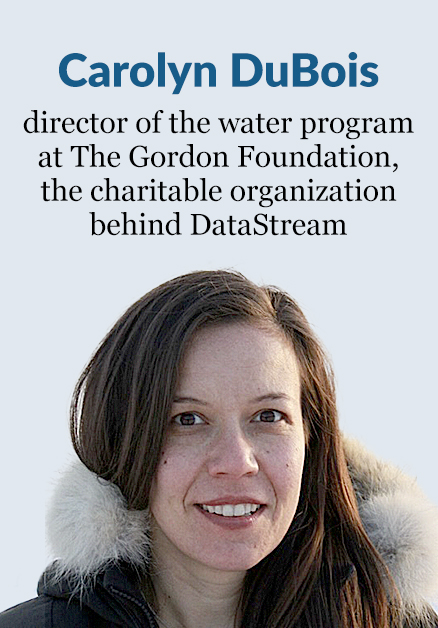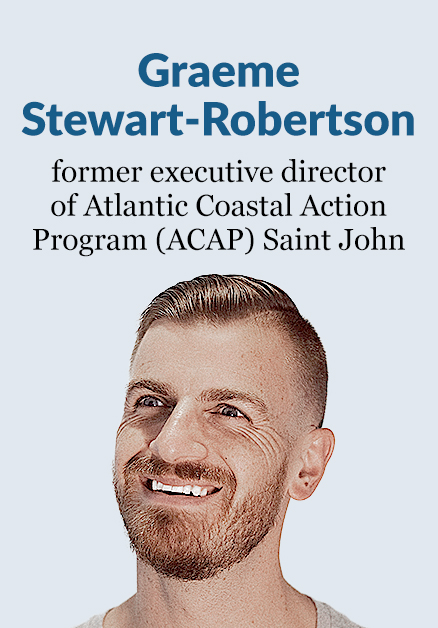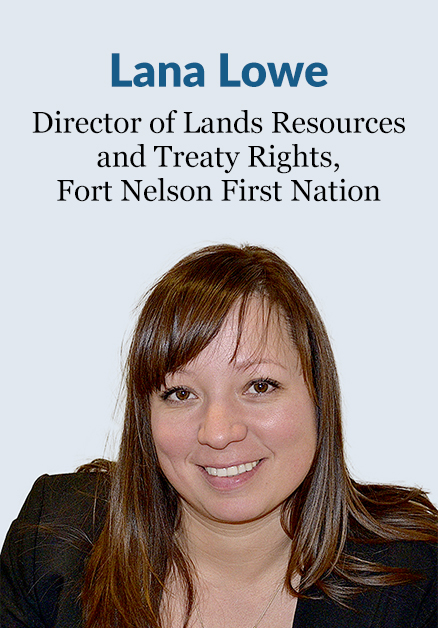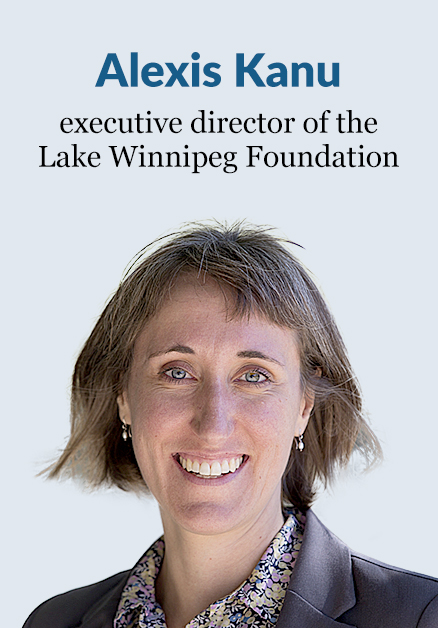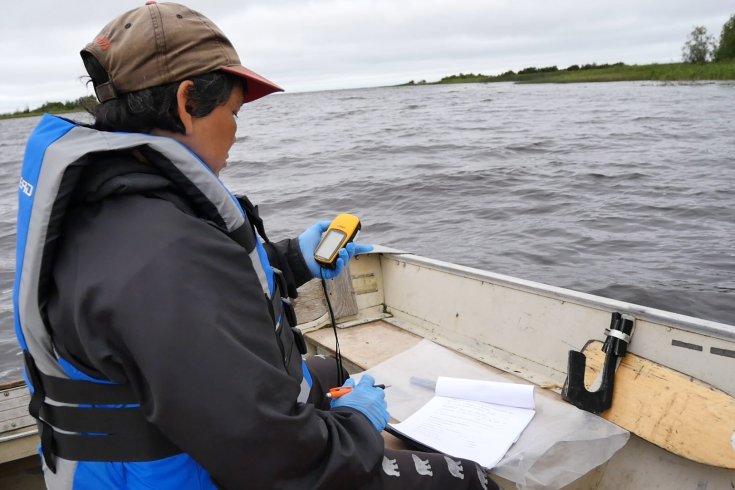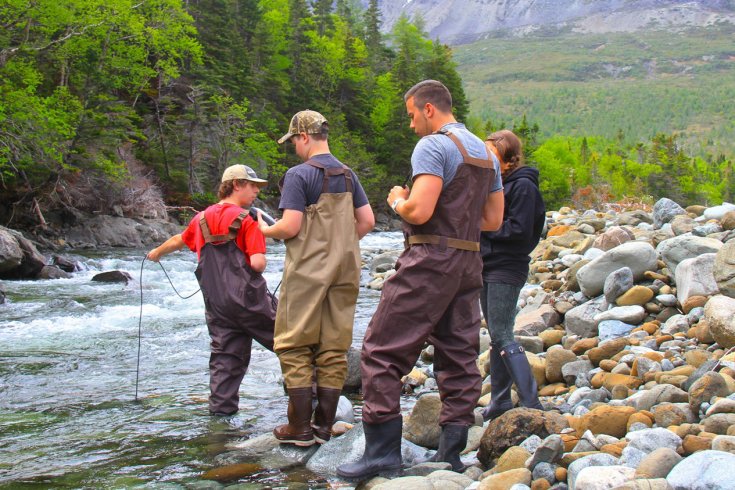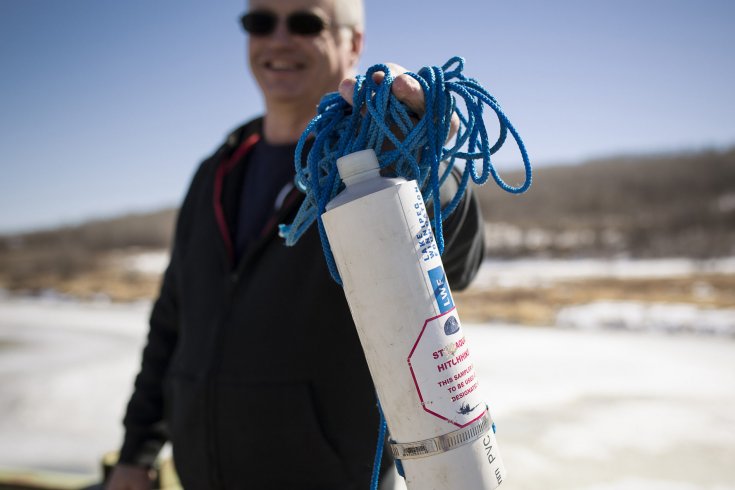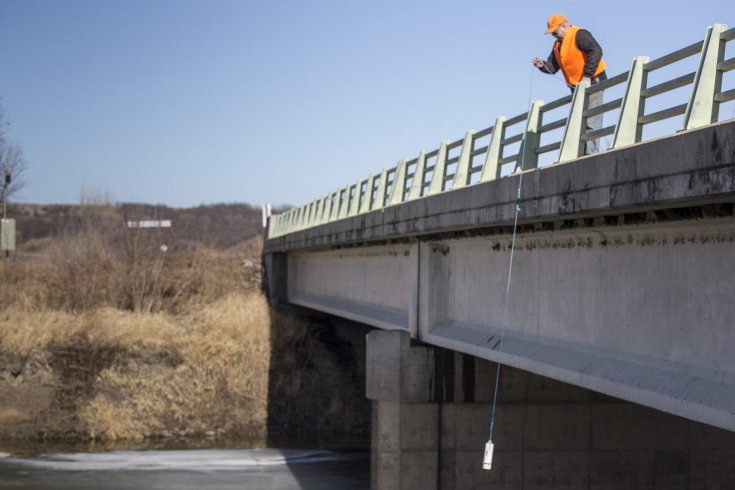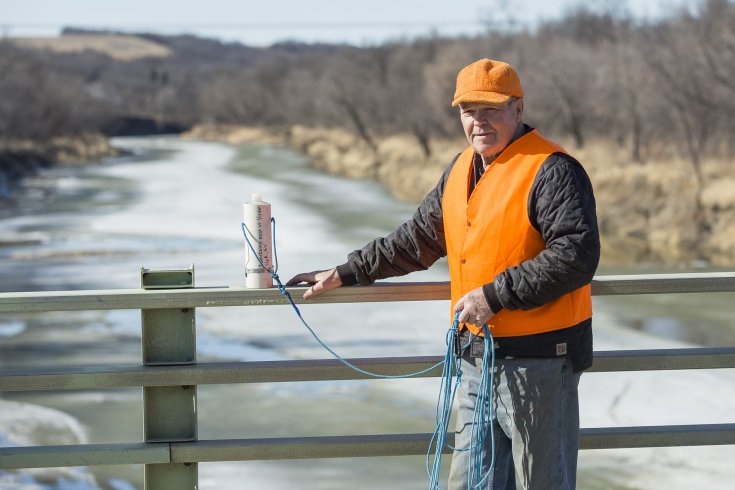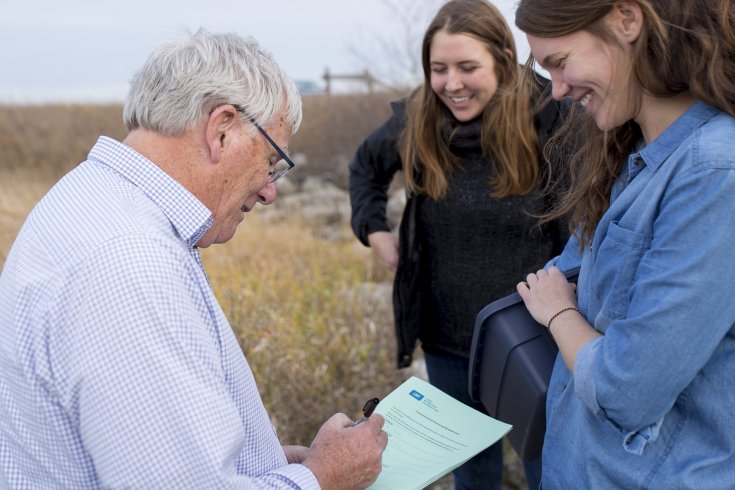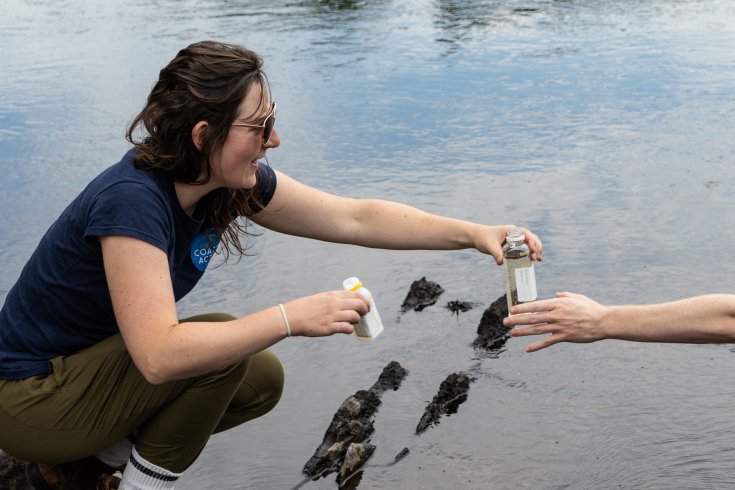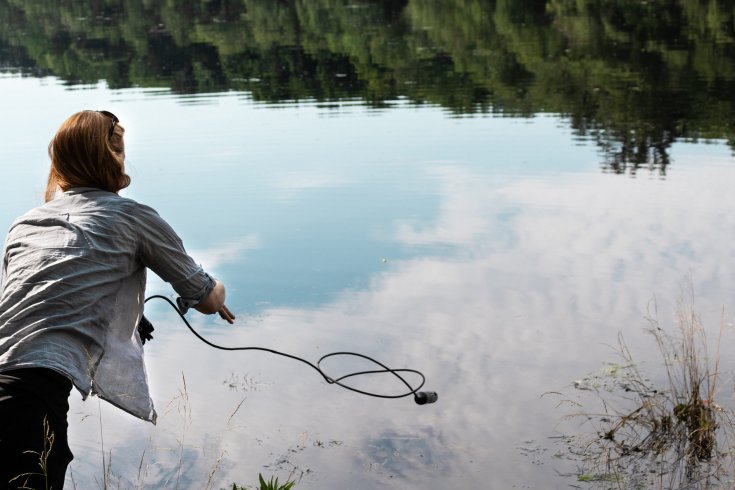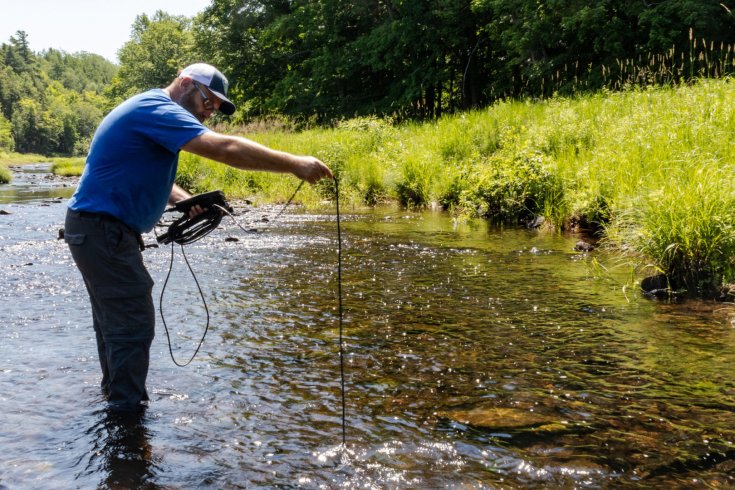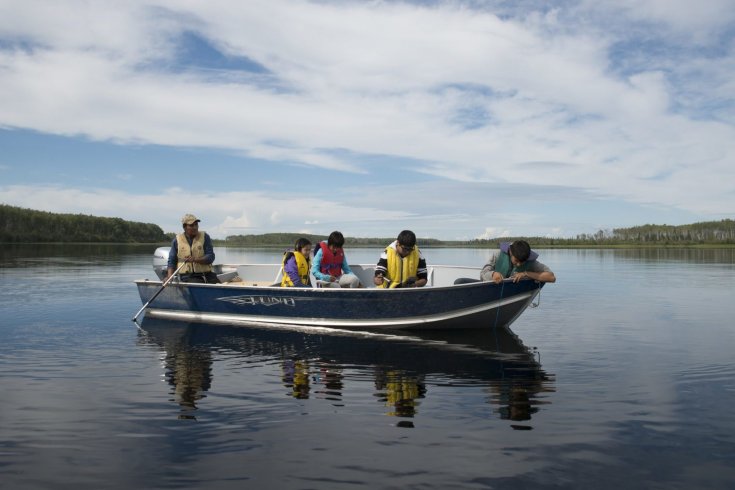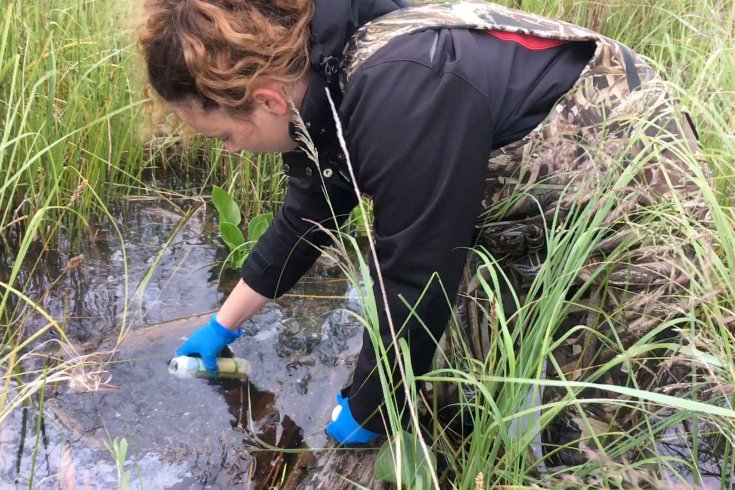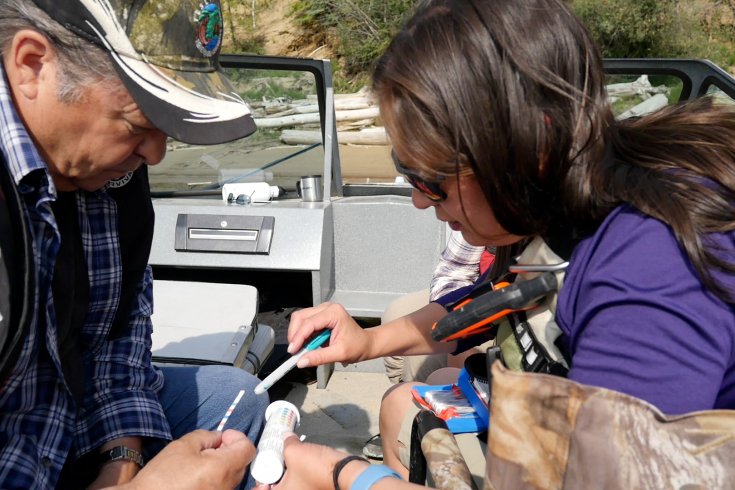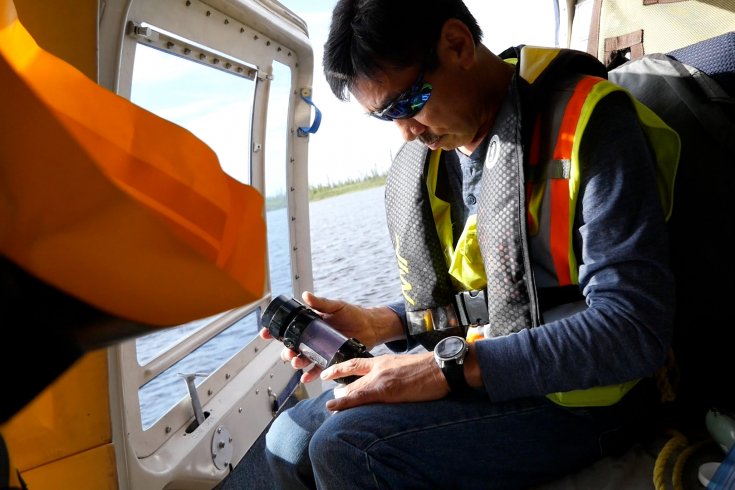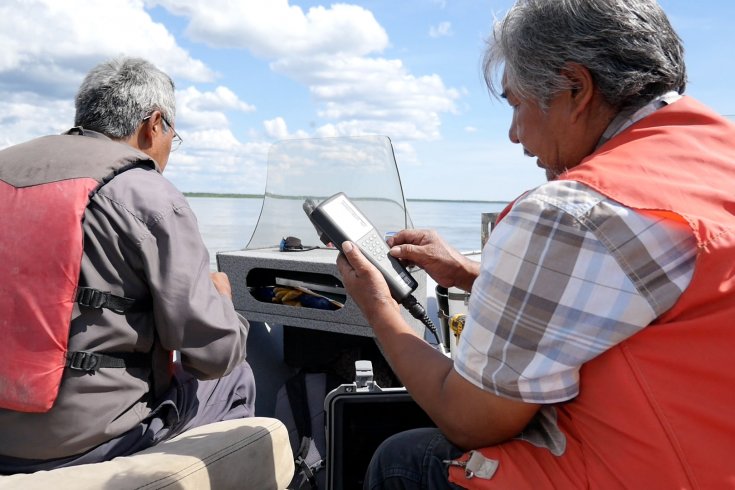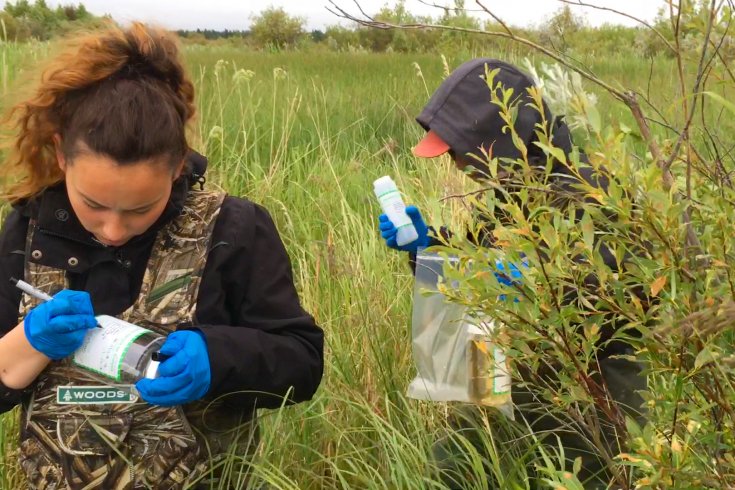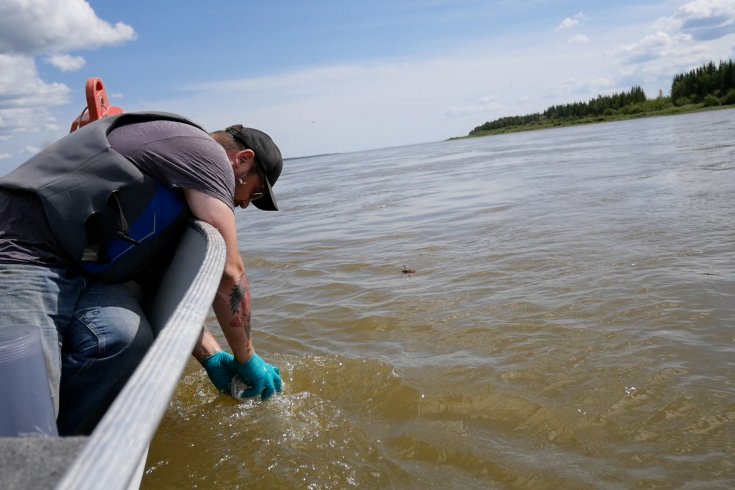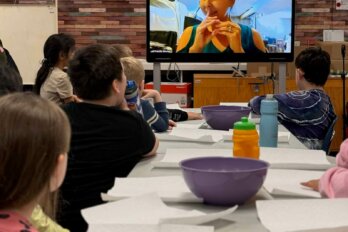If you’re a resident of Saint John, New Brunswick, and have ever worried about the water in your neighbourhood, you’ve probably chatted with Graeme Stewart-Robertson, former executive director of Atlantic Coastal Action Program (ACAP) Saint John.
“In the last couple of days, I received correspondence from three different people who were looking for some clarity on water quality data,” he says. “It could be [someone saying], ‘I want to go take my kids to this beach and my neighbour said it had this problem—is that true?’ Or, ‘I’ve been fishing in this area for twenty years—is it still safe?’”
People know Stewart-Robertson will likely have an answer. ACAP Saint John has been monitoring water quality since its founding in 1992. For the past twenty-eight years, the organization has mobilized staff and volunteers to take water samples at various sites throughout the region. They then test samples for various potential issues: those that can harm aquatic life, like too-low oxygen levels or the presence of certain dissolved solids; chemicals such as phosphorous or ammonia, which can cause algae blooms; and fecal coliform, which indicates sewage contamination.
At the project’s beginning, the collected data was “numbers on lined paper,” Stewart-Robertson says. Now, ACAP Saint John uses DataStream, an online open-access platform that allows users to share information on the health of waterways across Canada, to corral all that information. They’ve even digitized their earliest records, which Stewart-Robertson says makes them much easier to actually use. “People can see the record over time,” he says. “And other researchers and other organizations in other parts of Canada [can see the data], which creates better outreach opportunities and better research links.”
“Anybody can check to see if the data that they’re looking at is in fact the data that was originally uploaded.”
The added security of blockchain technology makes DataStream a trustworthy source for communities, policy makers, and researchers. “Every data set that gets uploaded has a hash, which is like a fingerprint,” says Carolyn DuBois, director of the water program at The Gordon Foundation, the charitable organization behind DataStream. “DataStream stores that fingerprint on the Ethereum blockchain—and anybody can check to see if the data that they’re looking at is in fact the data that was originally uploaded.”
That means anyone who accesses ACAP Saint John’s data can also independently verify its authenticity, which makes for better and more equitable science, says Stewart-Robertson.
“DataStream is another tool for environmental groups to get better information to all people,” he says. “And I think in that way, it is an equalizer. It is a tool for environmental equity and environmental justice at the same time.”
“DataStream is another tool for environmental groups… It is a tool for environmental equity and environmental justice at the same time.”
Connecting communities
About a decade ago, a group of eight major oil and gas producers started investigating the Horn River Basin near Fort Nelson First Nation, a community of Dene and Cree people in northeastern British Columbia. The companies wanted to extract gas via fracking, a technique in which a mix of water, sand and chemicals are injected into underground rock, causing it to fracture and release oil or gas.
Water is a pressing and ongoing concern for the Nation, and the community was, understandably, concerned about the effect fracking would have on the health of their water. They decided to take matters into their own hands, asking community volunteers to monitor water quality at thirteen local sites. When they asked the University of Victoria to review the data they collected, in order to make recommendations for changing BC’s fracking wastewater disposal laws, they faced a significant hurdle: they needed somewhere to easily store and access all the information.
That issue became especially urgent in 2012, when the BC government granted Nexen Inc., one of those eight oil and gas producers, a five-year licence to pump millions of cubic metres of water from North Tsea Lake, a small body of water in the Nation’s territory. Fort Nelson First Nation appealed the decision, but the lack of an easy way to access and share their own data was a challenge. While the government did end up suspending the licence three years later, Nexen had already had a significant amount of time to pump from the lake—and Fort Nelson First Nation had spent a lot of time and energy to make their case.
It was clear that the Nation needed an effective way to share their data. The solution they found was DataStream. Anyone can visit the website to search for and find water quality data, explains DuBois. “We have focused on making it a map-based search,” she says, “so it’s really easy for people to navigate.”
The fact that DataStream is free and accessible to experts and non-experts alike makes it “a very important piece of infrastructure for anybody who’s doing water quality research,” DuBois says.
“This is a way for us to not only share data and get a good picture of what’s happening in the whole basin, but also to connect with people…”
For Fort Nelson First Nation, DataStream also provides a way to connect with other Dene communities in the region. “We’re all Dene communities, but we’ve been disconnected in all sorts of ways from our relatives,” says Lana Lowe, director of Lands Resources and Treaty Rights in the Nation’s Lands and Resources Department. “This is a way for us to not only share data and get a good picture of what’s happening in the whole basin, but also to connect with people and get the sense that we’re all in this together, and we’re all concerned about the water. We’re all taking action in our own way to do something.”
Bridging research
If you’re wondering who benefits from access to water quality information, the answer is everyone. And everyone can contribute, too. Just ask Alexis Kanu, executive director of the Lake Winnipeg Foundation.
Kanu’s organization was founded fifteen years ago by a coalition of citizens who noticed—sometimes over several generations—that algae blooms were appearing on the lake with increasing regularity. “That’s that green, soupy water. Sometimes it’s thick, like porridge. It stinks. It’s unsafe to swim in it,” she explains. “It can cause problems for water infrastructure and can cause health problems for people and pets.”
“There’s a synergy here. Each program will bring different strengths and we should recognize those and use them.”
As the issue became more apparent, members of the Lake Winnipeg Foundation realized that individual citizens could take part in a solution. They recruited volunteers to help monitor levels of phosphorous—the nutrient that, when it’s too abundant in the water, causes algae blooms. The Foundation assigns volunteers to sampling sites in close proximity to their homes, offices, or even along their commutes, so access is easy. When they see water levels start to rise—in the spring, thanks to the thaw, or because of flooding at other times of the year—volunteers collect samples in low-tech containers made from PVC pipe and concrete. Then, the Lake Winnipeg Foundation analyzes the samples at the University of Manitoba.
That’s all still happening this year, even as COVID-19 has kept people close to home. ‘A number of our volunteers came to us and said, “Well, we’re stuck at home, we’d love to get outside and continue collecting these samples,”’ Kanu says. In response, the Foundation found ways for people to keep monitoring the region’s waterways safely. As well, notes Kanu, since provincial and federal programs were delayed due to the pandemic, “it could be that [the Lake Winnipeg Foundation] will have really useful data that is not available from agency monitoring programs.”
Designed to be complementary to provincial and federal data, the information the Lake Winnipeg Foundation shares via DataStream will serve to strengthen the co-operation between government and citizen monitors. “There’s a synergy here,” says Kanu. “Each program will bring different strengths and we should recognize those and use them.”
Why open access matters
It is surprisingly difficult to find data about water quality in Canada. “It’s stored in all kinds of different ways, in open and closed systems,” says Carolyn DuBois, director of the water program at The Gordon Foundation. “It’s very, very difficult to find.” She points to a 2017 WWF Canada freshwater health assessment, which found there isn’t enough data available to give most of Canada’s watersheds a grade for water quality.
That’s why DataStream, which is free and doesn’t require passwords or software installation, is so important. Anyone can contribute or extract data—whether they’re researchers at a big university, northern Indigenous communities, or regular citizens who just want to know more about the health of their town’s water.
“We’re seeing a huge cultural shift in how science is being done and who is doing it,” DuBois says. “Scientists are now working with communities who want to play an active role monitoring changes in their environments.”
DataStream is led by The Gordon Foundation and carried out in collaboration with monitoring networks and regional partners, including the Government of the Northwest Territories (DataStream’s founding partner), the Atlantic Water Network, and the Lake Winnipeg Foundation. Visit datastream.org to find out more.

